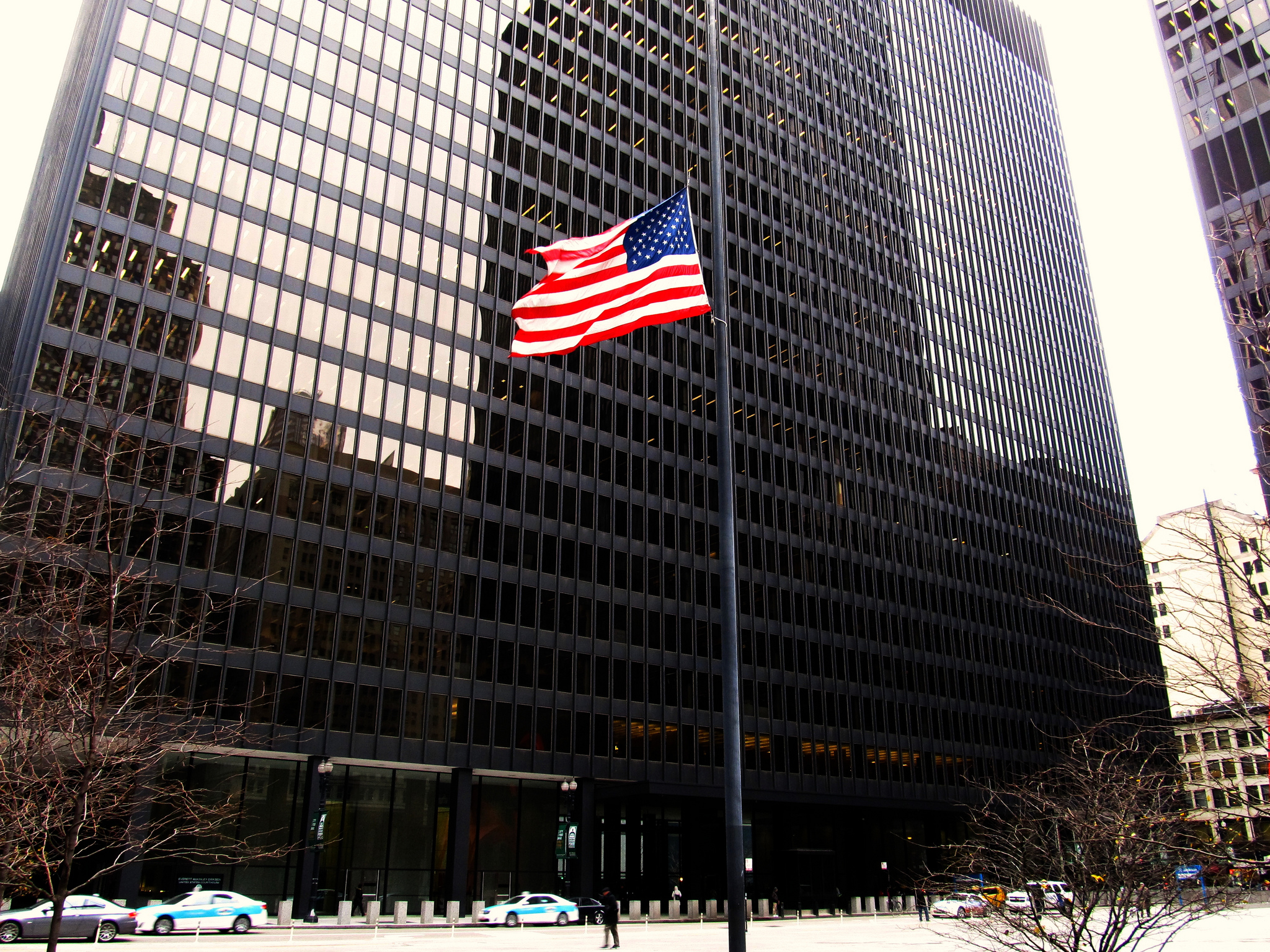 By Christopher Schmidt [reposted from ISCOTUSnow]
By Christopher Schmidt [reposted from ISCOTUSnow]
Case: National Labor Relations Board v. Noel Canning
Although Justices Breyer and Scalia ended up on the same side in yesterday’s landmark decision on the President’s recess appointment power, they offered starkly opposing views on the question of whether the past practice of the executive can resolve this constitutional question.
In his Opinion of the Court, Justice Breyer emphasizes early in the opinion that “in interpreting the [Recess Appointments] Clause, we put significant weight upon historical practice.” For support for this, he offers lengthy quotations from McCulloch v Maryland (1819) and from an 1819 letter written from James Madison to Spencer Roane in which he writes that it “was foreseen at the birth of the Constitution, that difficulties and differences of opinion might occasionally arise in expounding terms & phrases necessarily used in such a charter… and that it might require a regular course of practice to liquidate & settle the meaning of some of them.” From these and other sources, Justice Breyer concludes: “[T]his Court has treated practice as an important interpretive factor even when the nature or longevity of that practice is subject to dispute, and even when that practice began after the founding era.” With regard to the question before the Court, he writes: “We have not previously interpreted the [Recess Appointments] Clause, and, when doing so for the first time in more than 200 years, we must hesitate to upset the compromises and working arrangements that the elected branches of Government themselves have reached.”
Justice Scalia accepts that basic premise that established practice can inform the Court’s interpretation of ambiguous constitutional provisions. But he insists upon a higher threshold for what actually constitutes established practice. He writes: “Of course, where a governmental practice has been open, widespread, and unchallenged since the early days of the Republic, the practice should guide our interpretation of an ambiguous constitutional provision” (emphasis added). The recess appointment practice challenged in this case does not meet this incredibly demanding threshold, however. “Plainly, then, a self aggrandizing practice adopted by one branch well after the founding, often challenged, and never before blessed by this Court—in other words, the sort of practice on which the majority relies in this case—does not relieve us of our duty to interpret the Constitution in light of its text, structure, and original understanding.”
Justice Scalia accuses Justice Breyer of “cast[ing] aside the plain, original meaning of the constitutional text in deference to late-arising historical practices that are ambiguous at best.” Finding historical practice fails to resolve the constitutional question, he turns to his preferred grounds of constitutional interpretation of “text, structure, and original understanding.” The two Justices end up in the same place on this particular constitutional dispute, although they chart quite different paths getting there.



Leave a Reply